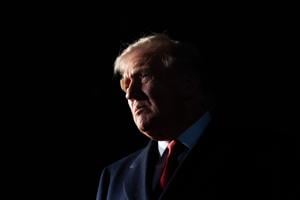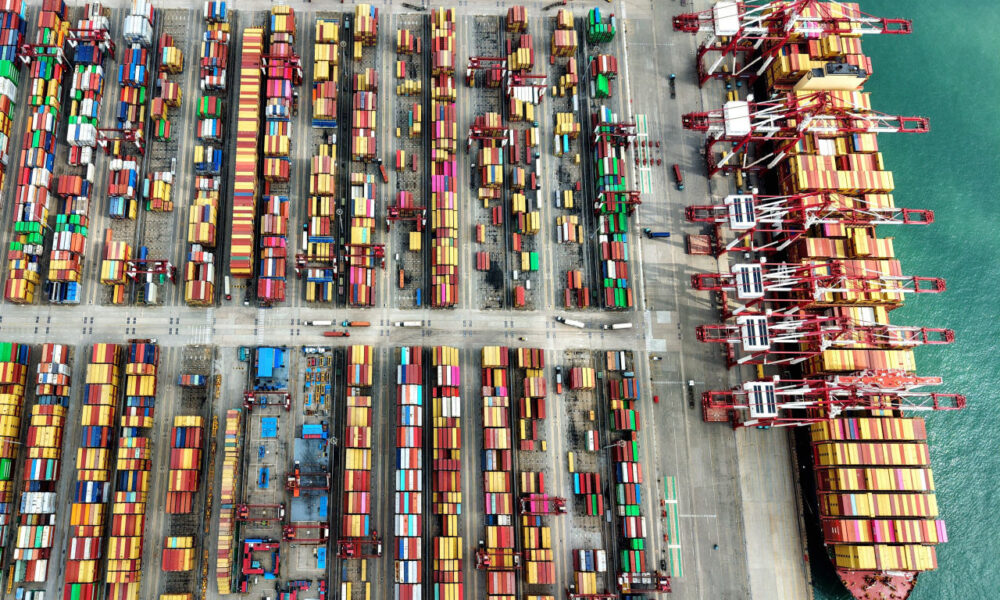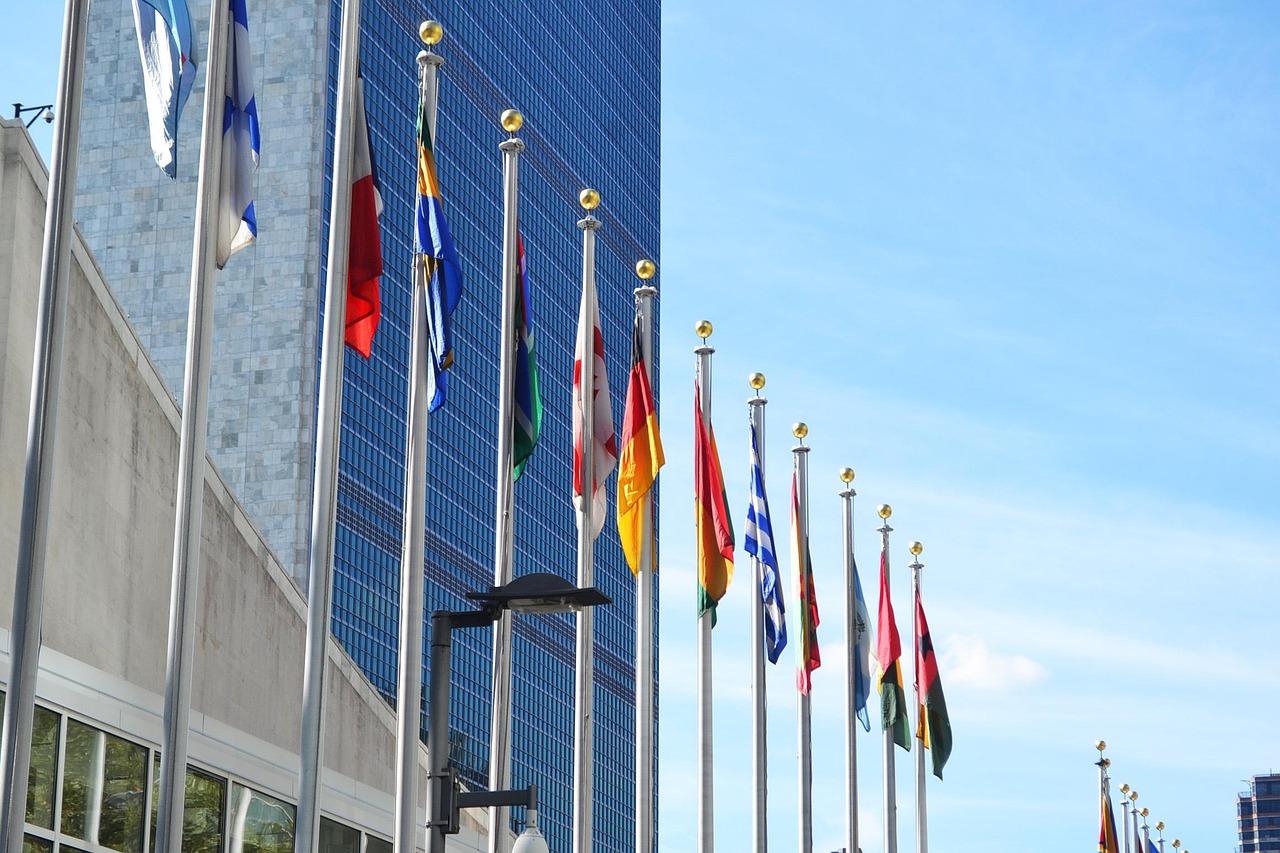U.S.-China trade tensions seem to be easing as preparations intensify for an upcoming meeting between President Donald Trump and Chinese leader Xi Jinping. Both nations have indicated progress toward a potential agreement, which could provide much-needed relief to international markets. A deal is crucial, even if it does not fully resolve deeper issues related to manufacturing disparities and access to advanced technology, particularly in the semiconductor sector.
In a recent press briefing, China’s chief trade negotiator, Li Chenggang, revealed that the two sides have reached a “preliminary consensus.” This announcement coincided with Trump’s remarks that China “wants to make a deal and we want to make a deal.”
The backdrop for these discussions is the annual summit of the Association of Southeast Asian Nations (ASEAN) taking place in Kuala Lumpur. Here, Trump aims to enhance his reputation as an international dealmaker, although his approach has often led to significant disruptions both domestically and internationally. The potential agreement comes at a time when Trump has threatened further tariffs on Chinese imports, particularly in response to Beijing’s recent restrictions on rare earth element exports, which are essential for many advanced technologies.
At the summit, Trump’s Treasury Secretary, Scott Bessent, stated that the threat of additional tariffs on China is “effectively off the table,” signaling a softer approach as negotiations unfold. Trump’s scheduled meeting with Xi on March 7, 2024, in South Korea marks a critical moment for both leaders.
This summit was also notable for a peace agreement between Thailand and Cambodia, facilitated by Trump’s economic pressure. The two countries signed an expanded ceasefire agreement, a significant step given their recent history of border skirmishes. Trump claimed, “We did something that a lot of people said couldn’t be done,” while Cambodian Prime Minister Hun Manet referred to it as a “historic day.”
The agreement stipulates that Thailand will release Cambodian prisoners, while Cambodia will withdraw heavy artillery from disputed areas. Regional observers will monitor the situation to prevent any resurgence of conflict.
Trump also signed economic frameworks with Thailand, Cambodia, and Malaysia, focusing on increasing trade in critical minerals. The United States aims to reduce its reliance on China, which has previously used restrictions on key technology components as leverage during trade negotiations.
U.S. Trade Representative Jamieson Greer emphasized the importance of cooperation among nations to maintain secure and efficient supply chains. This year’s ASEAN summit marks a significant opportunity for Trump to re-engage with a region that represents a combined economy of $3.8 trillion and a population of 680 million people.
While Trump has made strides in diplomatic relations, tensions remain, particularly regarding his interactions with other leaders. He met with Brazilian President Luiz Inácio Lula da Silva, discussing potential tariff reductions in exchange for leniency towards Bolsonaro, Brazil’s former president. However, Trump avoided a meeting with Canadian Prime Minister Mark Carney following a dispute over trade policies.
Notably absent from the summit was Indian Prime Minister Narendra Modi, whose relationship with Trump has cooled in recent months. Rising tensions have stemmed from Trump’s comments on a recent India-Pakistan conflict and increased tariffs on Indian imports, particularly concerning Russian oil.
As the landscape of international trade continues to evolve, the upcoming meeting between Trump and Xi will be pivotal in shaping U.S.-China relations and potentially stabilizing global economic growth.







